APPARATUS FOR TREATING WASTEWATER AND A SYSTEM FOR COLLECTING AND TREATING WASTEWATER COMBINING RAINWATER DRAINAGE
The present invention belongs to the environmental field. In particular, the invention relates to apparatus for treating wastewater by biotechnology process based on Biodegradation - Recombination - Biodegradation process, and a system for collecting and treating wastewater that is capable of draining rainwater comprising said apparatus.
Existing wastewater treatment solutions:
► Wastewater treatment system
Currently, all over the world, the conventional waste treatment technology capable of biodegrading waste in the aquatic environment are applying the principle of decomposition (mineralization) combining activated sludge process based on anaerobic - aerobic - settlement - antiseptic process, specifics as follows:
Anaerobic digestion -> Aerobic digestion -> Sedimentation -> Disinfection
The requirement for this technology is low pH level, so it is necessary to avoid bathroom, kitchen and laundry wastewater from being discharged into the preliminary anaerobic digestion tanks (or septic tanks). Vegetable oil and grease is undecomposable, so it must be preliminarily separated before transferring into treatment tanks. In particular, rain water is not allowed to combine with wastewater.
In Japan, wastewater is treated on-site by prefabricated equipments (JOKASO). Urban domestic wastewater is then collected for another treatment before being discharged into the environment. JOHKASO Japan equipments allow wastewater (no rainwater combined) to go into treatment tanks. They still follow the old technology, so the waste (exhaust gas, sludge) is still generated.
Disadvantages of existing domestic, industrial and livestock wastewater treatment technology:
Due to still using the (old) decomposition technology, so the treatment process has the following disadvantages:
- Generates a lot of sludge; Unpleasant and air-pollution odours; Compulsory separation wastewater from rainwater; Complicated system with too many electrical appliances, many compartments, leading to difficulties in repairing and operating; Low life cycle; Lack of compatibility with existing construction sites;
- Investment and operation costs are very high; Requires many secondary treatment systems (septic tanks, grease separators, exhaust sludge and gas treatment) and consumes a lot of energy, chemicals, and time for construction, especially for centralized wastewater treatment and collection plants; Centralized treatment plants lack rainwater in dry seasons and inadequate treatment capacity in rain seasons.
In case of an incident, treatment plants eassly cause environmental disaster pollution; Lack of suitability for all subjects in urban areas, residential areas, rural areas, and industrial zones. JOKASO Japan technology bears the same disadvantages. In addition, JOKASO has these additional disadvantages: Difficult to change capacity scales compatible with industrial production assemblies.
► Water collection and drainage systems:
Due to the requirements for process technology. The drainage system must follow strict conditions, specifically:
In Vietnam and some other countries, wastewater must be separatedly treated. The drainage pipelines for rainwater and water from bathrooms, toilets and kitchens are separated for each wastewater type. Rainwater transfers into a separate drainage system, toilet water goes into a septic tank, kitchen water goes into a grease separator, bathroom and laundry water transfers to the same pipe with the water that was before treated in the septic tank and the grease separator to the wastewater treatment plant;
As explained, this wastewater collection and drainage system includes:
- An Interior drainage system: Wastewater types are separated into many pipelines. In the vertical drainage shaft of a high-rise building, the counters, unblocking doors and the "pressure reduction" system are complicated and expensive. This comes from the perception that the water flows in the vertical pipe occupies completely its cross-section; The floor area for all these pipes is very large compared to only one pipe.
- An Exterior drainage system: Rainwater should be separated from the wastewater collection system. However, in the majority of existing drainage systems, wastewater collection and stormwater drainage are not separated (wastewater with rainwater). To meet the requirements of the old technology, we must complement separate wastewater collection systems to the existing drainage system to transfer wastewater to the treatment plants. Besides, along the transferring line, there must be manholes for sedimentation which are regularly suctioned. To implement separate systems for wastewater and rainwater, both interior and exterior ones, is almost impossible.
Disadvantages of the conventional technology for wastewater treatment, collection and drainage:
- Costly, laborious to invest, construct and install; especially to manoeuvre the system is too complicated and laborious. The system causes pollution at the treatment site and on the wastewater pipelines; causes floodings and environmental pollution in urban areas, residential areas, industrial zones...; consequently negatively influences landscape architecture and technical infrastructures. Wastewater are not recycled for reuse, and nutrients for the environment are impoverished which negatively affects the discharge places’ environment and biodiversity. Indoors space is misspent for the box covering the drainage pipes, so is the outdoors land used for the water treatment;
Description of Technical Solution
► Novelty (a brief, full and clear description of the solution’s novel compared to the existing solution. to illustrated by diagrams, pictures, calculation methods, ….):
The new wastewater treatment solution’s purposes are to overcome the above-mentioned disadvantages and to provide a completely new and practical technology solution. This solution emerges from the actual requirements of daily life, and even meets high economics, technical and practical efficiency with great social benefits. The new solution is capable of mass development and being industrially produced. Specifically, the invention has the following innovative features:
The equipment does not use decomposition technology with the existing process: Anaerobic, aerobic, sedimentation, disinfection. This works completely (100%) based on natural biological technology following the process: "BIODEGRADATION - RECOMBINATION - BIODEGRADATION". Where, completely no biological products, chemicals or physical rays are needed. The equipment for treating wastewater is very simple, which consists of a biological tank divided into 2 compartments; an air blower similar to an aquarium we normally see. Inside, the compartments have microbiological substrates attaching microorganisms. The equipment has a modular structure with many different module capacities whose scale is compatible with various demands from households (treatment equipments), or apartment buildings (very large treatment plants) ...
The process of “Biodegradation, Recombination, Biodegradation” repeats many times during the treatment at a very fast speed. With the same amount of waste, more water going in the treatment process will raise the treatment efficiency, thus rainwater is allowed to go with the wastewater into the treatment system. The suitable amount of rainwater depends on the capacity of each wastewater treatment tank. In this solution, the inventor calculates that the allowable amount of rainwater is 9 times of the amount of wastewater. The process is closed, repeated many times: “Biodegradation, Recombination, Biodegradation” until over 95% of the waste in the water is treated.
Drawing of the biological process “Biodegradation, Recombination, Biodegradation”
Detailed explanation of this process included in the detailed description
There are tanks of very large depths, such as wells known as biological wells; or when lengths of treatment tanks are extended towards the discharge source resembling channels, called biological channels; or when expanded tanks look like lakes, called biological lakes.
The interior and exterior water collection systems are completely changed. The wastewater collection pipe is commonly used for kitchens, bathrooms, showers, laundry and rainwater. The exterior collection system allows wastewater to go with rainwater as existed. In practice, urban areas (Hanoi, Ho Chi Minh City, ...) will not need to complement any other systems to separate wastewater from rainwater.
There are no need of pressure reducers, dipsticks and unblocking doors for the indoors vertical drainage shafts, but only need to install an energy dissipator device of this invention. The long-distance wastewater transferring lines do not make manholes to sediment as present, instead we can install manholes with less sediment. The pipeline no longer has to slope as per i = 1/D, but only needs to integrate an energy storage device to maintain the flow’s kinetic energy.
Combining the waste cleaning system with the wastewater treatment, wastewater collection, and rainwater drainage system helps to create an on-site treatment network with biodiversity, self-treating right in the heart of urban and residential areas.
► Applicability (brief applicability of the solution, which is demonstrated through technology transfer contracts, trial production, sales contracts or sales invoices, ...):
Range of Application:
- Application for domestic wastewater: Apply Wastewater treatment equipments for households and apply wastewater treatment plants for apartment buildings, residential clusters, public areas, residential areas, urban areas such as wards, communes. towns. The effluent meets standard A according to the table of domestic wastewater standards - QCVN 14/2008, and Medical Wastewater Regulation QCVN 28:2010/TNMT.
- Application for industrial wastewater: To treat wastewater from industrial zones/ clusters, factories that process rubber latex, coffee, food.... ; the effluent meets the standard A - QCVN 40/2015. Besides, the equipments treat wastewater from pig and cow farms; the effluent meets standard A - QCVN 62-MT/BTNMT.
- Apply for all freshwater, brackish, and saltwater environments with native microorganisms already adapted to the actual environment. The equipments are suitable for all terrains, soil and climates; all countries, regardless of regional and cultural characteristics.
Results of Application:
The technical solution has been patented in Vietnam - No. 19328 issued on 24/05/2018, and filed as International Application PCT/2016/VN000005, which has been researched, preliminarily assessed by Austrian officers, and has achieved the maximum score in terms of novelty, creativity and technological content, applicability and capability of mass production. The invention was published in the WIPO Gazette 11/23/2017. Additionally, the solution has been registered for protection in developed countries/areas such as the United States, the European Union, Canada, Australia, Japan, Oman (in the Middle East). In Vietnam, the solution has received demands on technology transfers, experimental application contracts, and business franchising for enterprises.
► Socio-economic benefits (brief information on socio-economic benefits that the solution brings compared to existing solutions):
That no waste is generated during the treatment process avoids pollution at treatment sites and on transferring lines. Biodiversity is well-maintained since no chemicals and biological products are used during the treatment process. The produced water after treatment can be collected as biological products to make animal feed, anad as high-grade fertilizer in agriculture. This treatment process helps to reduce the greenhouse effect, reduce environmental pollution and global climate change. Especially the combination of wastewater and rainwater treatment and drainage helps to control floodings and environmental pollution in Ho Chi Minh City, Hanoi and other cities.
Save over 35% of investment costs for wastewater drainage systems, save over 50% of investment costs for wastewater treatment systems. Save over 80% of operating costs for the systems of wastewater collection, rainwater drainage, and wastewater treatment.
Promote the development of Vietnam's environmental industry, and generate tens of thousands of jobs. Fundamentally change the thinking about infrastructure engineering that has been completely outdated for hundreds of years by creating a huge change (see attachments for more details).


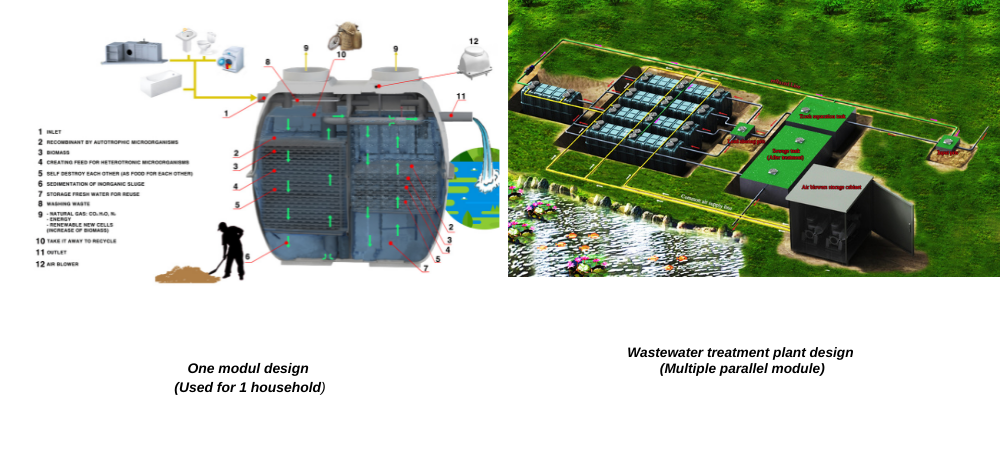


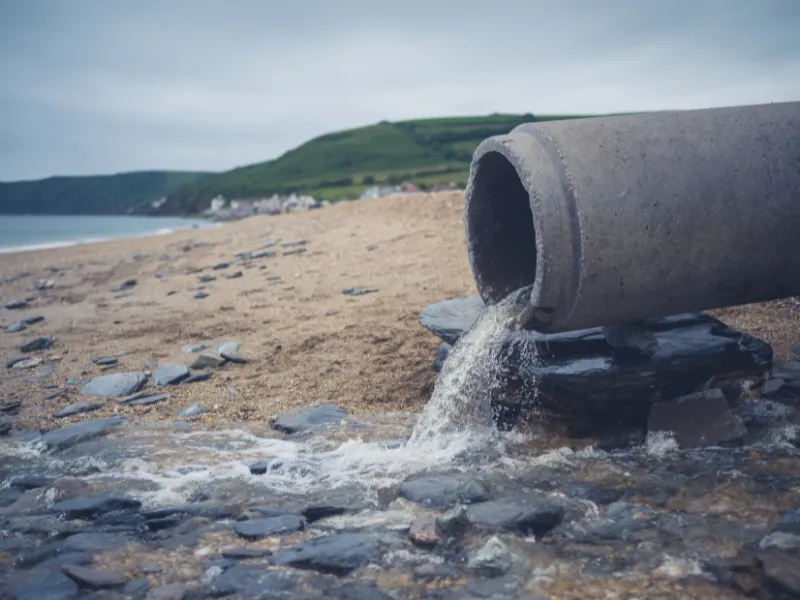
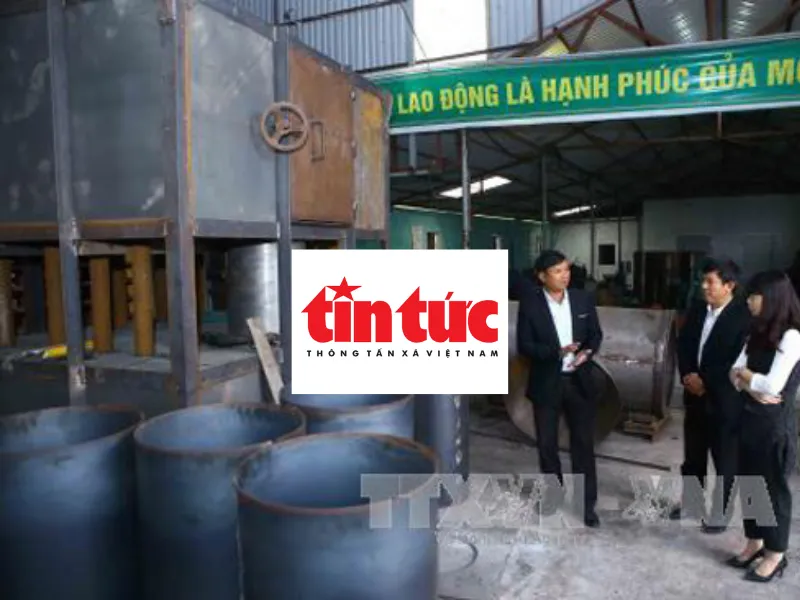
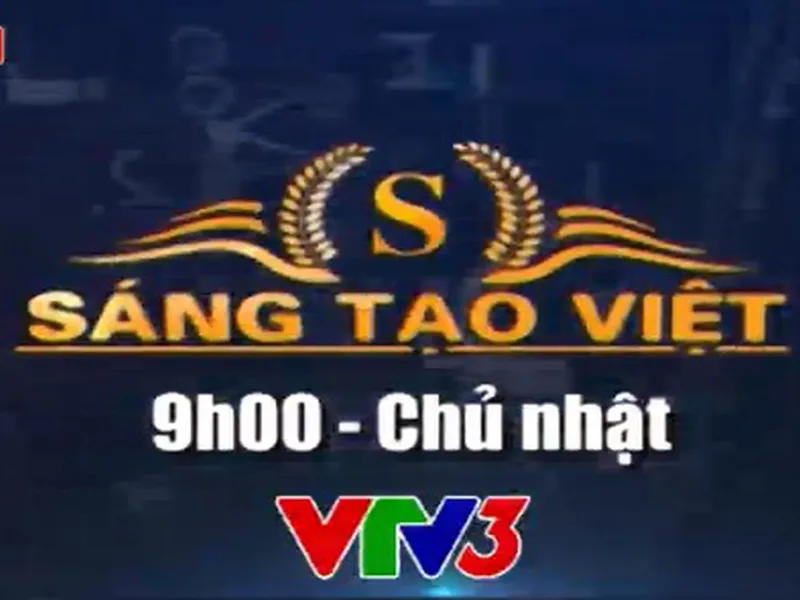
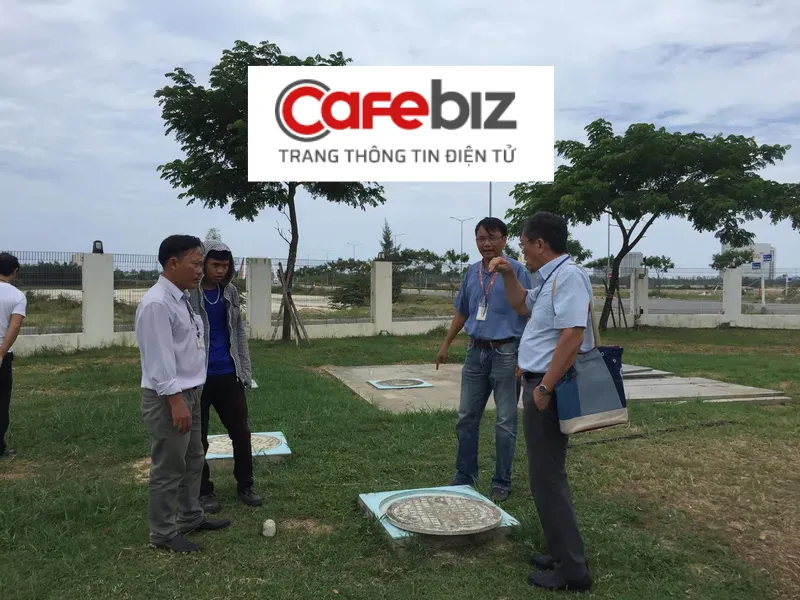
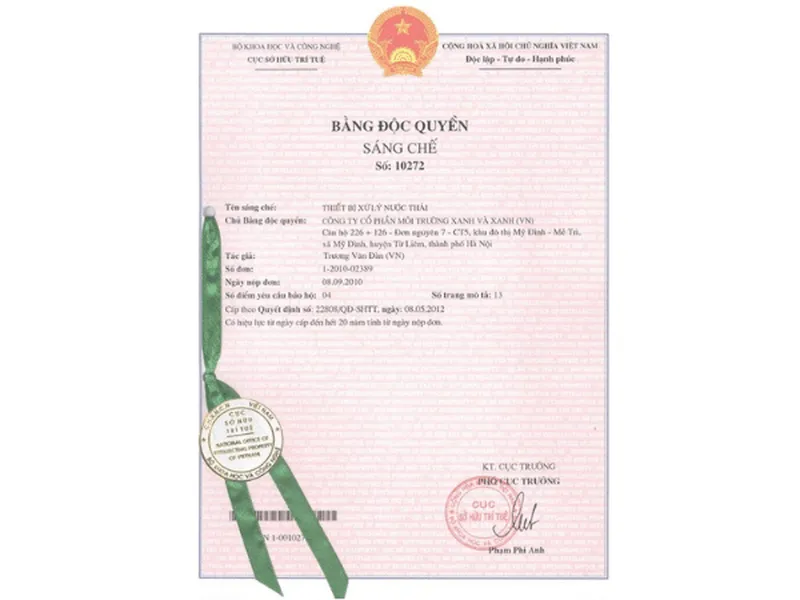


main.comment_read_more